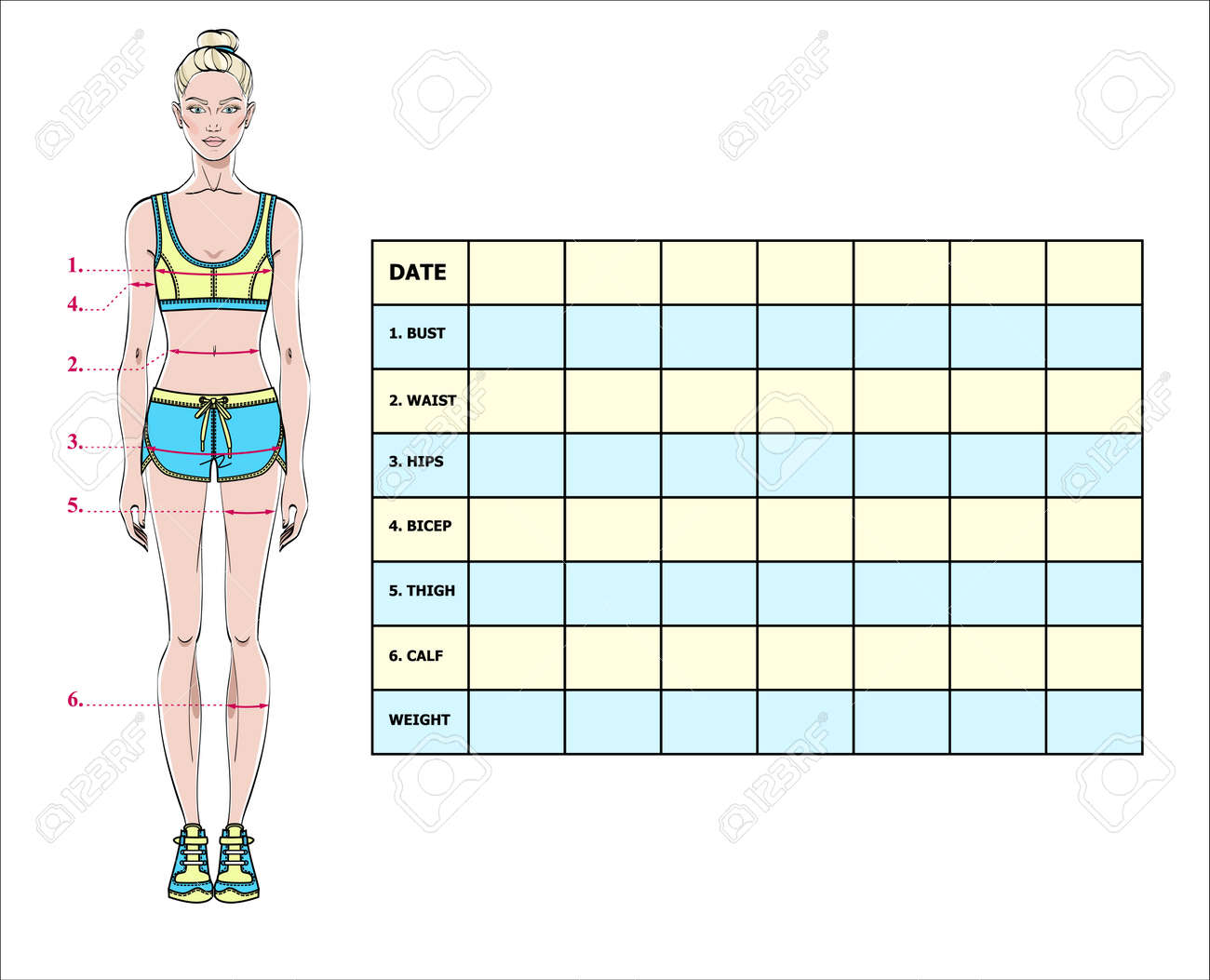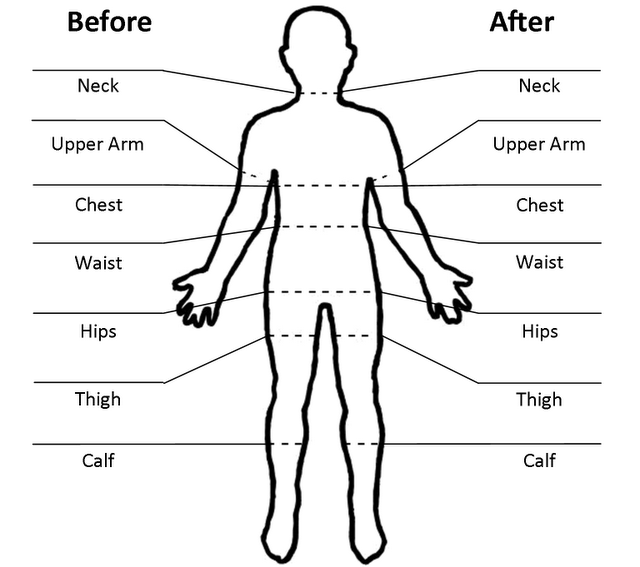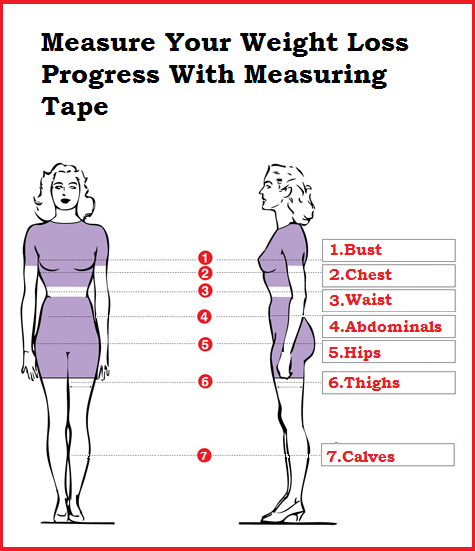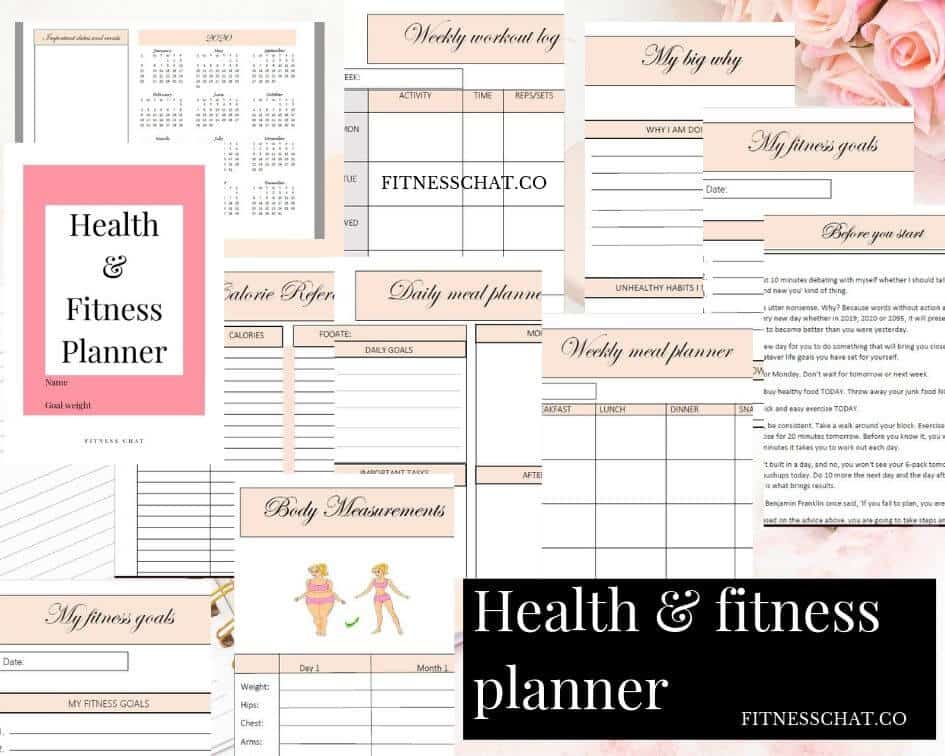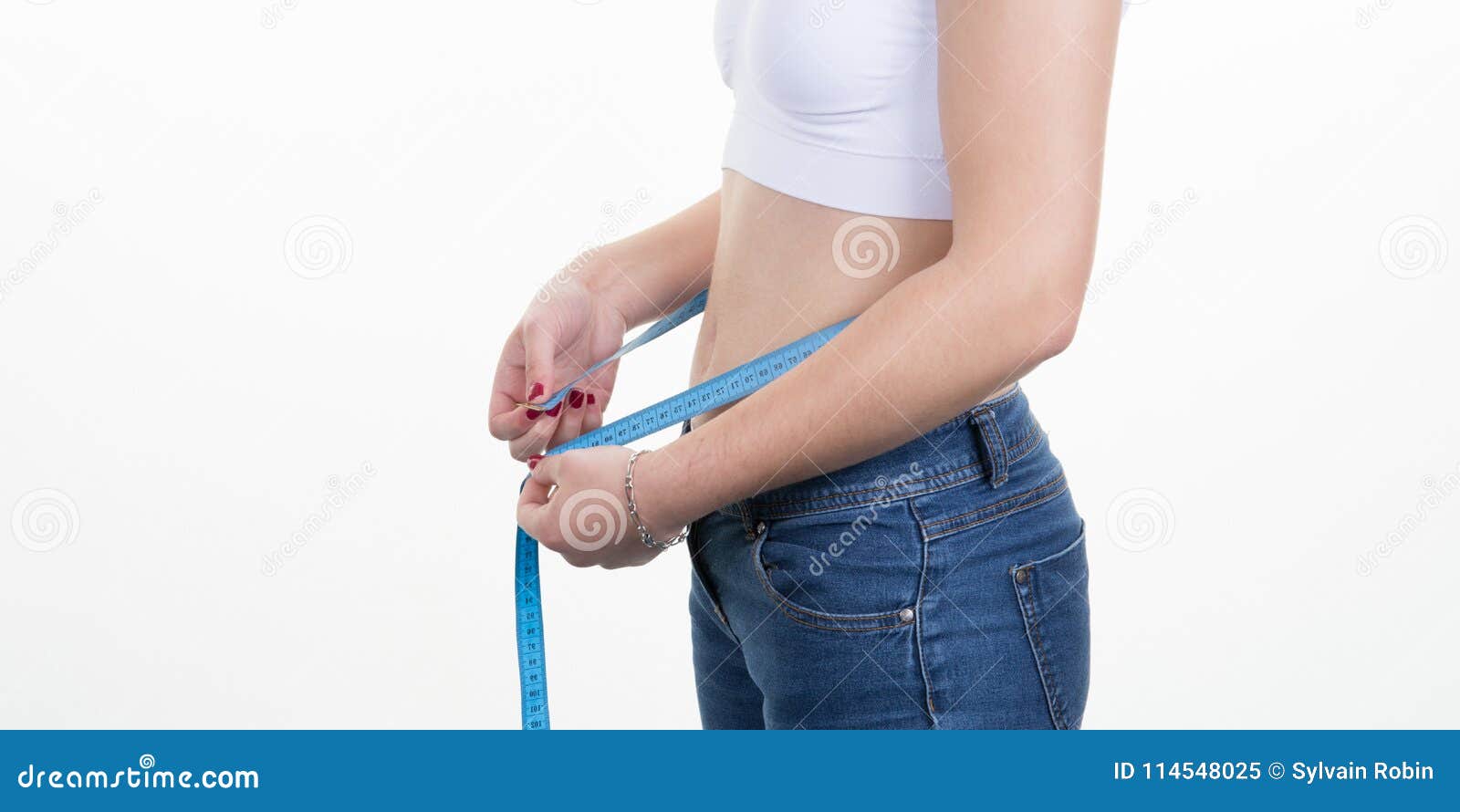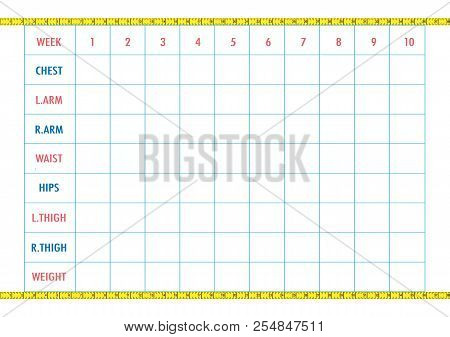There are about ten important body measurements you can take and compare as you continue on with your weight loss journey. Its super important that you realize that when you burn fat and increase your muscle mass you may weigh a bit more even though your body is getting tighter and smaller.
Body Measurements For Weight Loss
Weight loss body measurement. Record each of these measurements. Finally measure each thigh around the largest portion. Measure your waist approximately 1 inch above the bellybutton. Put the plastic cylinder at the end of the tape in its notch. If your weight is below the bmi average i need to increase your weight. For consistency youll position the tape measure over your belly button every time you take a waist measurement.
How to measure your waist for weight loss take your myotape stretch it out and wrap it around your body at your waist line. When working to lose weight its a good idea to pay attention to the inches youve lost in addition to the number on the scale. Move on to your hips measuring around the largest part of the butt with the heels of your feet together. If your weight is above the average of a bmi test you need to lose weight. Bmi will analyze your body weight using average results. The ideal body weight is one of the proofs that you have a healthy body and life.
If thats still too much do your hip andor waist measurements. Taking your body measurements is the best way to keep track of your changing shape as you lose fat and get fit. How to measure inches for weight loss. Continue to track your weight loss in inches once every eight weeks. If you are losing inches then most likely you are also losing fat. You may gain muscle while.
Increasing exercise and changing eating habits to promote weight loss can mean a change in your body composition. You dont have to track all ten if you dont want to but aim for at least one leg one arm measurement as well as your hip and waist measurements.
